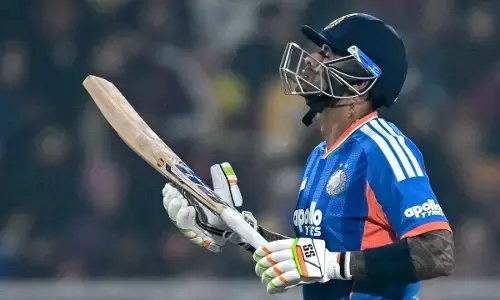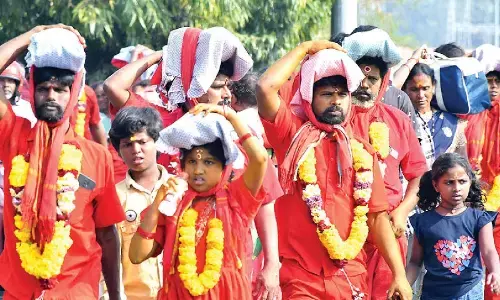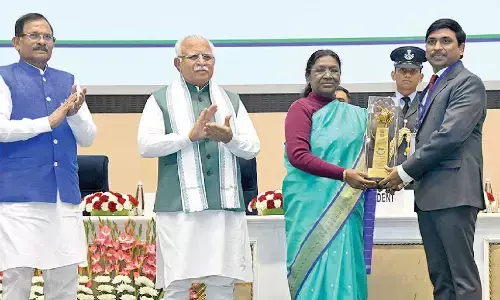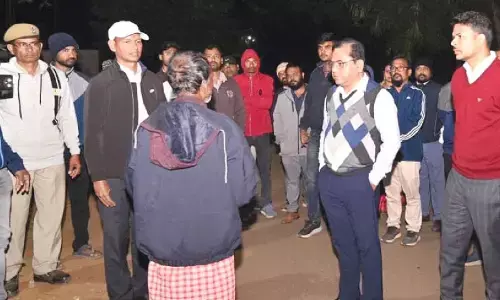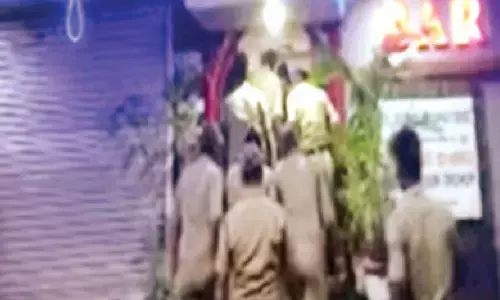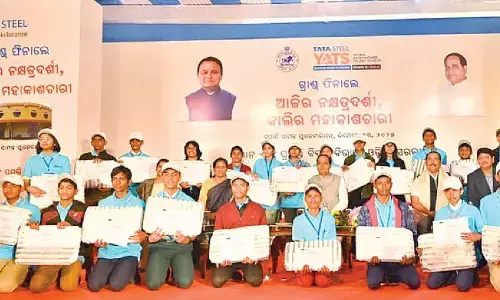Centre Approves 1st Batch Of Mega Reforms In Indian Army: Report
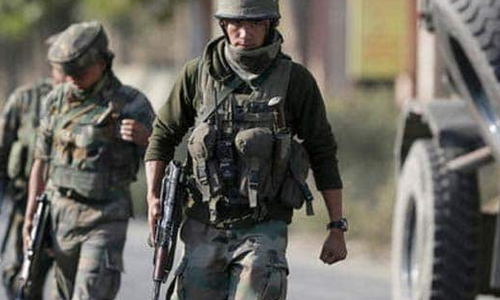
In a major move, Defence Minister Nirmala Sitharaman has approved the first batch of reforms in the Army which include relocation of 229 officers from the Army headquarters, creation of a new post of deputy chief for military operations and strategic planning, and setting up new wings for vigilance and human rights issues, official sources said on Thursday
NEW DELHI:In a major move, Defence Minister Nirmala Sitharaman has approved the first batch of reforms in the Army which include relocation of 229 officers from the Army headquarters, creation of a new post of deputy chief for military operations and strategic planning, and setting up new wings for vigilance and human rights issues, official sources said on Thursday.
Finalised after 12 independent studies, the transformative reforms in the Indian Army are being implemented to make the 1.3 million-strong force leaner and meaner, as well as to enhance its combat capabilities.
The defence minister has approved the first batch of long-pending reform measures in the army, the sources said.
They said the number of officers being moved out is 20 per cent of the total officers in the army headquarters in the national capital, and they be deployed in forward locations along the borders with China and Pakistan.
They said the post of Deputy Chief of the Army Staff Strategy DCOAS is being created to deal with military operations, military intelligence, strategic planning and operational logistics.
At present, the DG (Military Operations) and the DG (Military Intelligence) report to the Army Chief.
The defence minister also approved creation of a new information warfare wing in keeping the needs of the future battlefield, hybrid warfare and social media reality, the sources said.
They said the government has approved merging of the separate verticals of the DCOAS (planning and strategy) and the Master General Ordnance (MGO) into one office of the DCOAS (Capability Development and Sustenance).
"Towards the Army's capability based modernisation needs, this would synergise and coalesce all revenue and capital spending under one organisation and effectively prioritise competing requirements with an operational focus to get better value for funds allocated by the government," said a senior army official.
Sources said the government has also approved creation of two new branches to deal with vigilance and human rights issues, reflecting the Army''s commitment to probity and transparency. Both the branches will be headed by Major General rank officers.
The new ADG, Vigilance will function directly under the Chief of Army Staff and the new ADG Human Rights will function under the VCOAS. the ADG (Vigilance) will also have a new Vigilance Investigation Unit under him, the sources said.
The reform initiatives were finalised by top commanders of the Army in October last year to usher in transformative reforms in the force.
The reforms will also include restructuring the Army''s officer cadre, bringing down age of key commands, arresting rising revenue expenditure and "right-sizing" the force.
Sources said the reform measures will be implemented with a sense of urgency.
The Army headquarters had instituted four studies with an overall aim to enhance the operational and functional efficiency of the force, optimise budget expenditure, facilitate modernisation and address aspirations.
The first study on "re-organisation and right-sizing of the Indian Army" was focused on the operational structures to make the force efficient and future-ready by taking into account the operational situation on western and northern borders, the spokesperson said.
The second study was on re-organisation of the Army headquarters with an aim to bring in "integration and preclude the redundancies".
The third study was on "cadre review of officers" and its focus was to recommend how to carry out reorganisation and restructuring to meet the aspirations of the officers' cadre.
The fourth study on "review of terms of engagement of rank and file" was aimed at harnessing the higher life expectancy and ensuring younger profile of key commands and motivation of the personnel.









